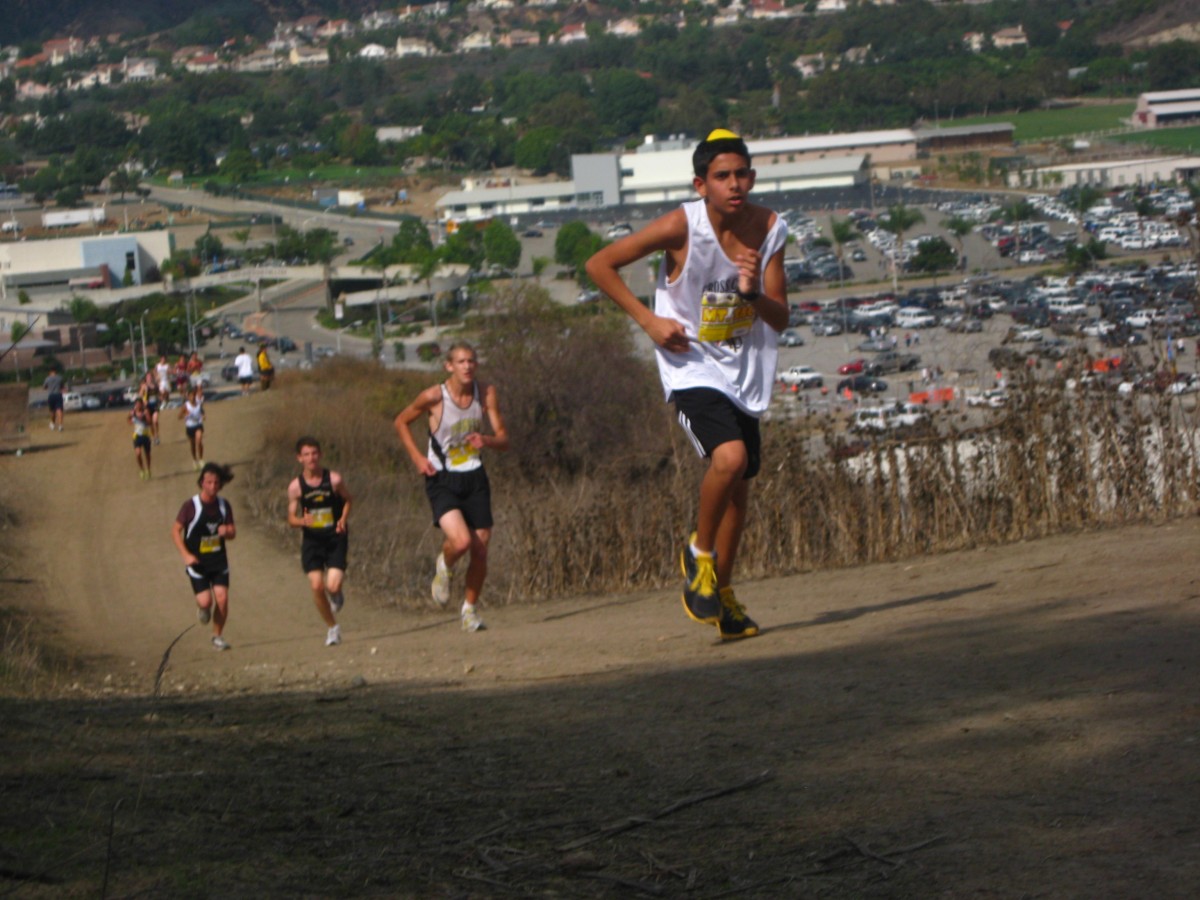3 reasons why hills don’t have to be so bad
As of today, we have 11 days until the final Frozen Foot Race of the 2016 series. We’ve been fortunate this year with weather, and we can only hope that today’s weather — forecast for 76 degrees — will mean that everyone’s feet will be thawed and ready to race on March 20.
That last phrase in the above paragraph is the key: ready to race. It has many ideas associated with it, and today we want to focus on being prepared for hills.
At any race, if you listen to the chatter among runners before the start and after the finish, they talk about the course and how easy or hard it was. Race directors will often promote their race as “flat and fast” or one with “rolling hills.” The Frozen Foot Race course could fall into the latter category, with hills that pose challenges for experienced runners and newcomers alike.
There are three notable hills on the Frozen Foot Race course: 1. on Bear Creek Road at the end of and just past the first mile; 2. at about 1.5 miles on Schaffer Road running past Bear Creek School; 3. at mile 2 on Spring Road approaching Bear Creek Road for the return to the finish.
There’s no doubt that these hills can be intimidating. But we know from experience that if you’re prepared, they don’t need to be. As former Tour de France champion Greg LeMond has said: “Hills don’t get easier. They make you stronger.”
With that in mind, here are 5 reasons why big, bad hills don’t have to be so bad.
Training on hills is like doing speed work
If you want to run faster and hit PRs, you need to do some speed work. While intervals on the track are a great way to do that, doing repeats on hills has the same effect. This post about the science of running hills from Runners’ Connect explains how hills help build your maximum oxygen intake, or VO2 max.
Hills help perfect your form
When you’re running uphill, it forces you into a better running form. To battle gravity and reach the top of the hill, you have to get up on your toes and lift your knees a little higher. You also need to use your arms, making sure your hands are moving from cheek to cheek (a phrase we stole from track coach) and not crossing your body, which is less efficient and using more energy. Again, Runners’ Connect has an excellent post about the best running form for hills.
Hills training is strength training incognito
You don’t have time to go the gym for strength training? Training on hills helps build strength in your glutes, quads and hips. Some runners joke that hills are “leg shapers,” and if that’s just as important to you as getting a PR at the Frozen Foot then hills ought to be part of your training routine once or twice a week.
We hope these tips will help you conquer the hills on the Frozen Foot Race course later this month — and help you become a stronger, faster runner.
